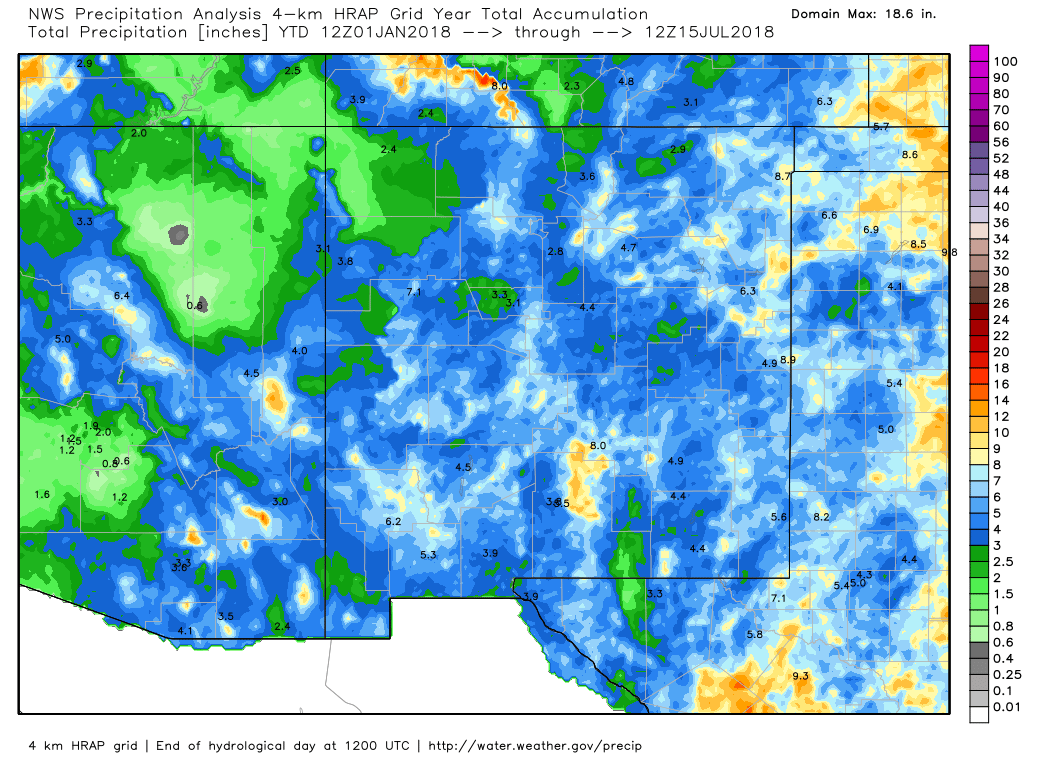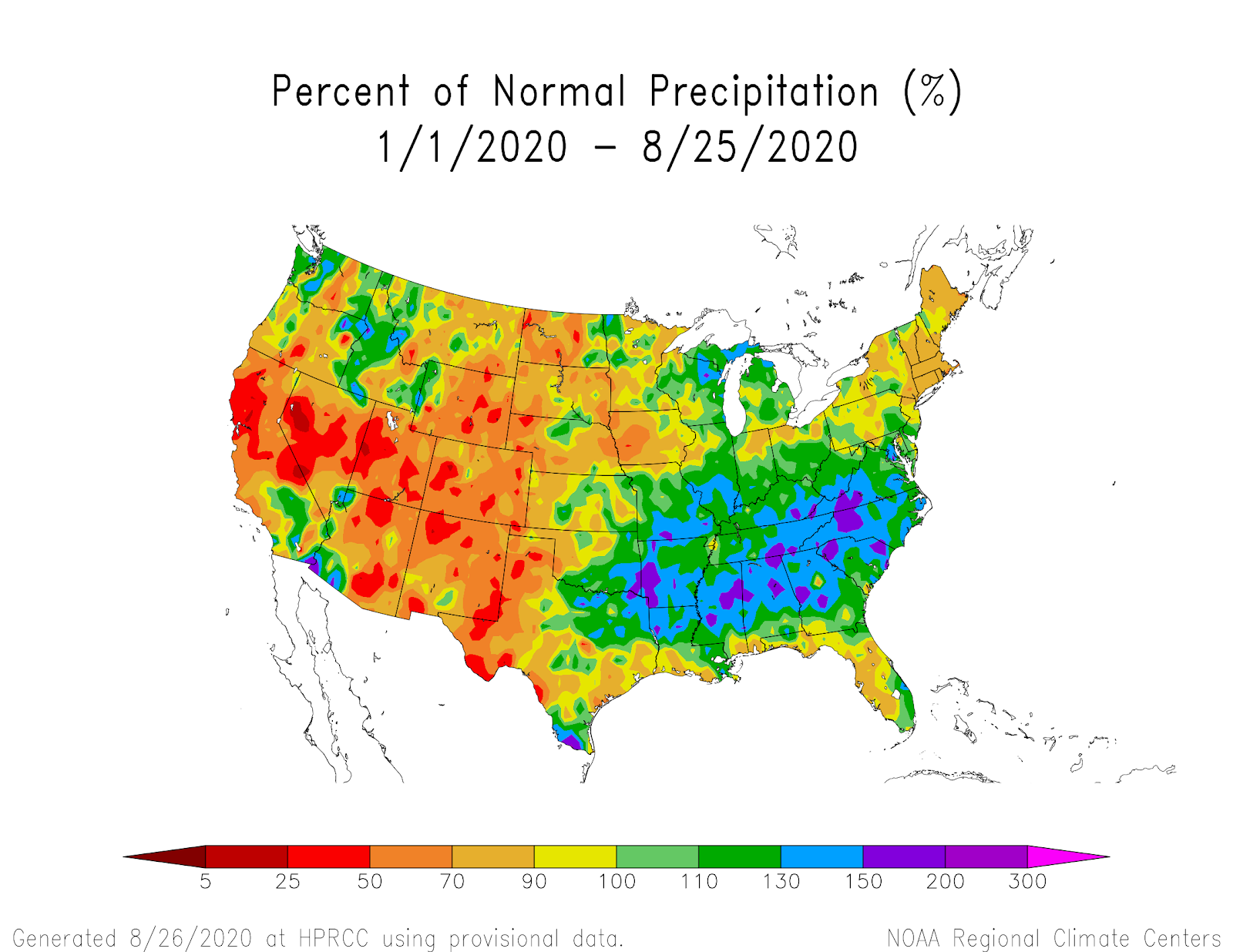

- #PRECIPITATION TOTALS YEAR TO DATE CODE#
- #PRECIPITATION TOTALS YEAR TO DATE DOWNLOAD#
(COOP), more than 10,000 volunteers take daily weather observations at National " Through the National Weather Service (NWS) Cooperative Observer Program The precipitation data that we will use is from the There are numerous climaticĭatasets that can be found and downloaded via the (formerly the National Climatic Data Center). NOAA's National Centers for Environmental Information The precipitation data are obtained through Visualize the precipitation data collected during this time to better understand

In this lesson we will download, explore, and The heavy precipitation (rain) that occurred in September 2013 caused muchĭamage during the 2013 flood by, among other things, increasing What were the patterns of precipitation leading up to the 2013 flooding events in Colorado? Precipitation Data
#PRECIPITATION TOTALS YEAR TO DATE CODE#
If available, the code for challenge solutions is found in the downloadable R script of the entire lesson, available in the footer of each lesson page. R Script & Challenge Code: NEON data lessons often contain challenges that reinforce learned skills. Of setting the working directory in R can be found here.

Set Working Directory This lesson assumes that you have set your workingĭirectory to the location of the downloaded and unzipped data subsets.
#PRECIPITATION TOTALS YEAR TO DATE DOWNLOAD#
If instead you would prefer to download the data as a single compressed file, it can be downloaded from the Part of this lesson is to access and download the data directly from NOAA's Please be sure you have the most current version of R and, preferably, Things You'll Need To Complete This Lesson
Set a NoData Value to NA in R (if completing Additional Resources code). Subset data by date (if completing Additional Resources code). Publish & share an interactive plot of the data using Plotly. NOAA's National Centers for Environmental Information. To learn more about nClimDiv, please visit the National Centers for Environmental Information's History of the U.S.After completing this tutorial, you will be able to: In the near future, we will also publish a report documenting differences between the Drd964x and nClimDiv datasets in the context of NJ’s climate history. Moving forward, the ONJSC will utilize and post climate data from the nClimDiv dataset. Improvements include the incorporation of additional station data and contemporary bias adjustments, as well as the implementation of climatologically-aided gridded interpolation to address variations in topography and network density that generates data values at a 5 km resolution. The nClimDiv approach provides an improved and more reliable gauge of divisional and statewide climate values. Statewide values were then obtained by weighting the divisions by their size. The Drd964x dataset approach computed climate division values from 1931 forward by averaging monthly data for all National Weather Service Cooperative Observer Network (COOP) stations in each division (NJ has three) to obtain monthly divisional mean temperature and precipitation (a different method was employed for the 1895-1930 period). This dataset replaces the traditional Drd964x values that NCEI and the ONJSC have used for many years. The National Centers for Environmental Information (NCEI) has launched a new divisional climate dataset called nClimDiv.







 0 kommentar(er)
0 kommentar(er)
